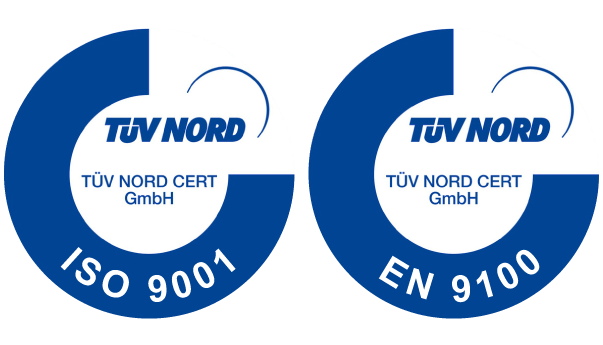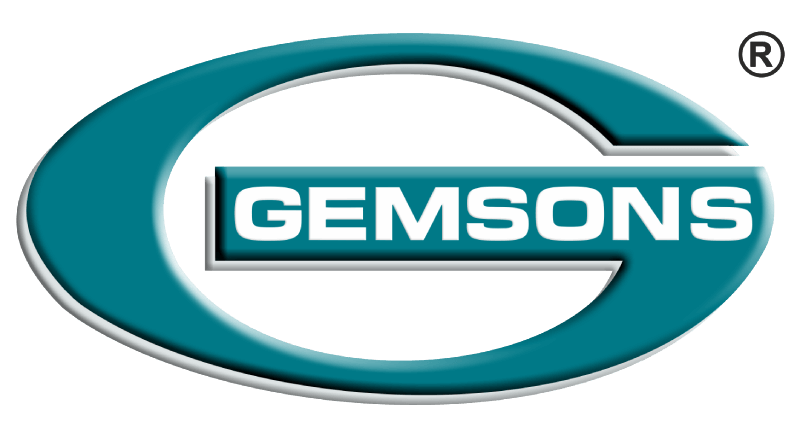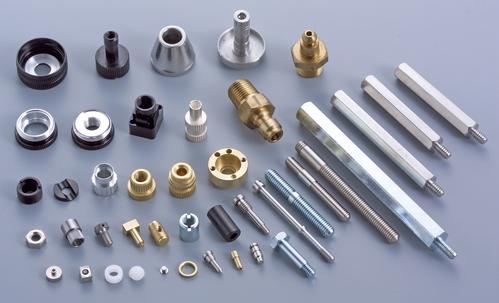CNC (Computer Numerical Control) machining has transformed the manufacturing industry, and CNC turning is one of the most essential processes among it. From the manufacture of accurate mechanical parts to high-grade CNC turned components, turning is a significant process in industries such as aerospace, automotive, and medical equipment production. This blog delves into the basics of CNC turning, its uses, and how turning centers optimize machining operations.
What is CNC Turning?
CNC turning is a machining operation where a rotating workpiece is formed with a cutting tool. The tool is stationary while the workpiece rotates at high speed, enabling accurate removal of material to obtain the required shape and size. This operation is best suited for producing cylindrical, conical, and spherical parts with close tolerances.
CNC turning is commonly used for producing shafts, fasteners, bushings, and other rotational components. The process ensures high accuracy, repeatability, and efficiency, making it a preferred choice for mass production. Unlike traditional manual lathes, CNC turning allows for programming multiple operations, reducing human error and ensuring a consistent production process.
Understanding Turning Centers
A CNC turning center is a sophisticated version of a lathe, which has computer-controlled automation and other features to improve production capacity. In contrast to conventional lathes, turning centers are capable of carrying out several operations, such as drilling, milling, and threading, without the need to reposition the workpiece.
There are two primary types of CNC turning centers:
Horizontal Turning Centers:
These are the most widely employed machines, and the workpiece is mounted in a horizontal position. They are best for machining at high speeds and heavy-volume production.
Vertical Turning Centers:
These machines hold the workpiece vertically, so they are suitable for dealing with large and heavy components with greater stability.
Turning centers enhance efficiency by decreasing manual interventions, reducing errors, and enhancing overall production speed. Moreover, contemporary turning centers are also fitted with live tooling, which enables simultaneous milling and drilling operations without the necessity of secondary processes. This not only saves time but also improves accuracy in the manufacture of complex parts.
Key Components of a CNC Turning Center
A CNC turning center is made up of a number of key components that collaborate to provide precision machining:
Spindle:
The rotating shaft that supports and rotates the workpiece.
Chuck:
A clamping device that holds the workpiece in position.
Turret:
Supports multiple cutting tools, enabling automated tool changes during machining.
Control Panel:
The platform where operators program the machine and observe operations.
Tailstock:
Offers support for longer workpieces to avoid deflection during machining.
Advantages of CNC Turning Centers
Utilizing CNC turning centers provides several advantages for producing high-quality CNC turned parts:
Improved Precision:
The computerized control guarantees precise accuracy, even with intricate geometries.
Increased Production Speed:
Automated tool change and multi-tasking functions increase the speed of machining.
Less Material Waste:
Improved cutting paths reduce errors and waste material.
Flexibility:
Can be used for a variety of materials, such as metals, plastics, and composites.
Cost-Effective:
Reduced labor expenses and increased efficiency render CNC turning an affordable solution for mass production.
Consistency:
In contrast to manual turning, CNC turning sees each part made with the same specifications, highly important in fields that have limited tolerances.
Applications of CNC Turning
CNC turning has extensive application across industries where there is a demand for precision and efficiency when it comes to part manufacturing. Some of its applications include:
Aerospace:
Manufacturing of strong yet light components like engine parts and fasteners.
Automotive:
CNC turning of vehicle shafts, gears, and bearing housings.
Medical Equipment:
Accurate machining of surgical instruments and prosthetic parts.
Electronics:
CNC turning of small, complex parts utilized within circuit boards and connectors.
Oil & Gas:
High-strength turning operations for valves, pipes, and drilling parts.
Defense & Marine:
CNC turning to create mission-critical components that can withstand harsh environments, including propulsion system components and firearm barrels.
Selecting the Proper CNC Turning Partner
When choosing a CNC machining service provider, experience, quality standards, and technological capabilities must be taken into consideration. The partner should possess the latest equipment, experienced machinists, and a good history of delivering precision CNC turned components. The capacity to work with intricate designs, different materials, and quick turnaround times is vital for any manufacturing company.
Conclusion
CNC turning and turning centers have greatly improved contemporary manufacturing with precision, speed, and flexibility. With industries requiring better quality and closer tolerances, CNC turning remains a mainstay of effective production.
Gemsons Precision Engineering Private Limited (GPEPL) is an expert in producing high-quality CNC turned components using decades of experience and advanced technology to provide outstanding results to different industries. With a commitment to precision engineering and a track record of excellence, Gemsons is a trusted name in CNC machining solutions.



Recent Comments